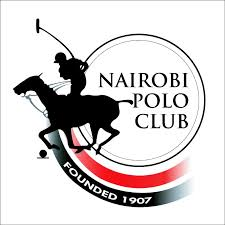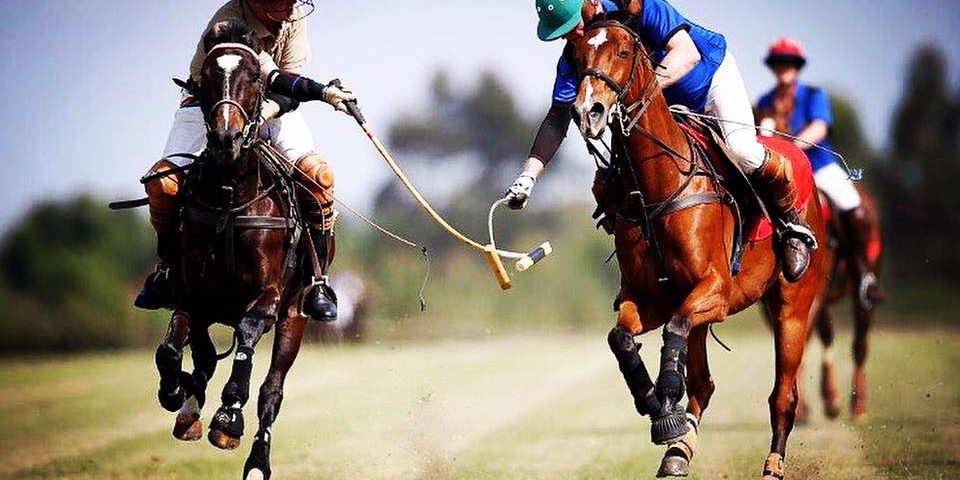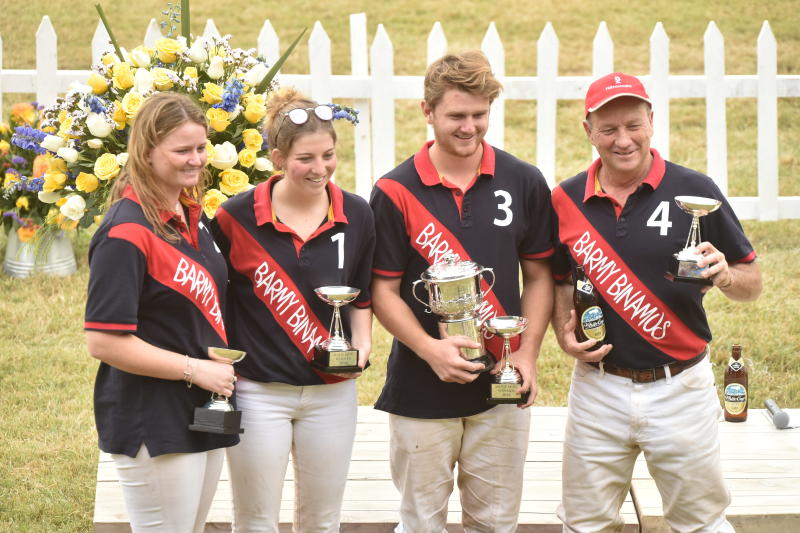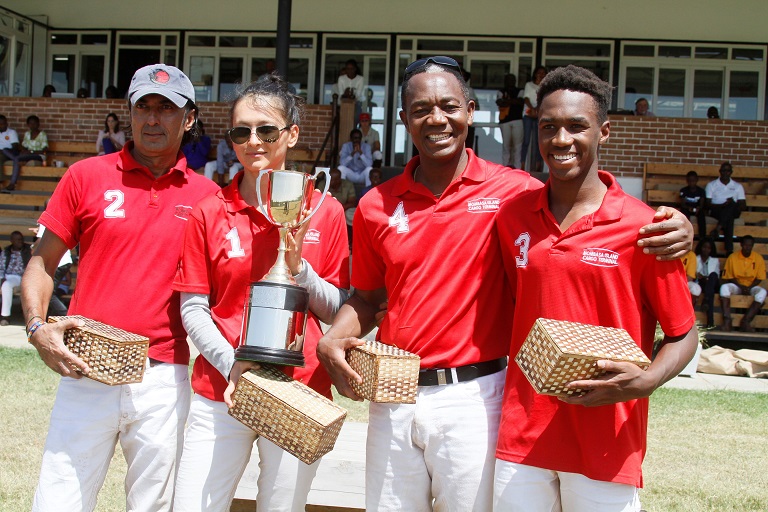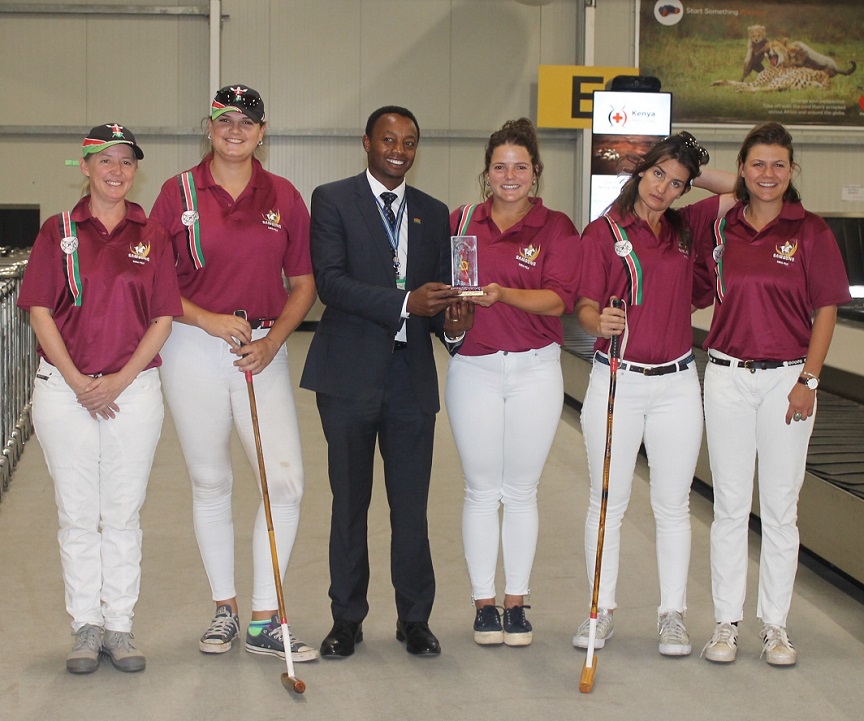
Chase is On
25 July 2017It was with great excitement that Kimoi Moi, Geoffrey Morley, Lorenzo Soriano, Rowena Stichbury and Eugene Yumbya set off to represent Kenya for the 10th Manipur Polo International in India. After a day and a half of travelling, we finally flew into Imphal airport the Capital of Manipur, situated between Bangladesh and Burma, none of us realized that India spread so far east. The scenery was spectacular and dramatic, with beautiful mountain ranges leading up to the Himalayas dropping down into a vast basin of floodplains, rice paddy fields and lakes. Manipur is a real mix between Asia, India and Mongolia.
The Manipur Polo International is organized with the prime objectives of conserving and preventing the extinction of the Manipuri Pony (regarded as the most sacred animal in Manipur), popularize the game in its place of origin the Mapal Kangjeibung, the world’s oldest polo ground (dating back to early AD) and making Manipur a Polo Tourist destination. It is also intended to remind the world that the present day Polo originated from Manipur’s traditional “Sagol Kangjei” (hockey on horseback).
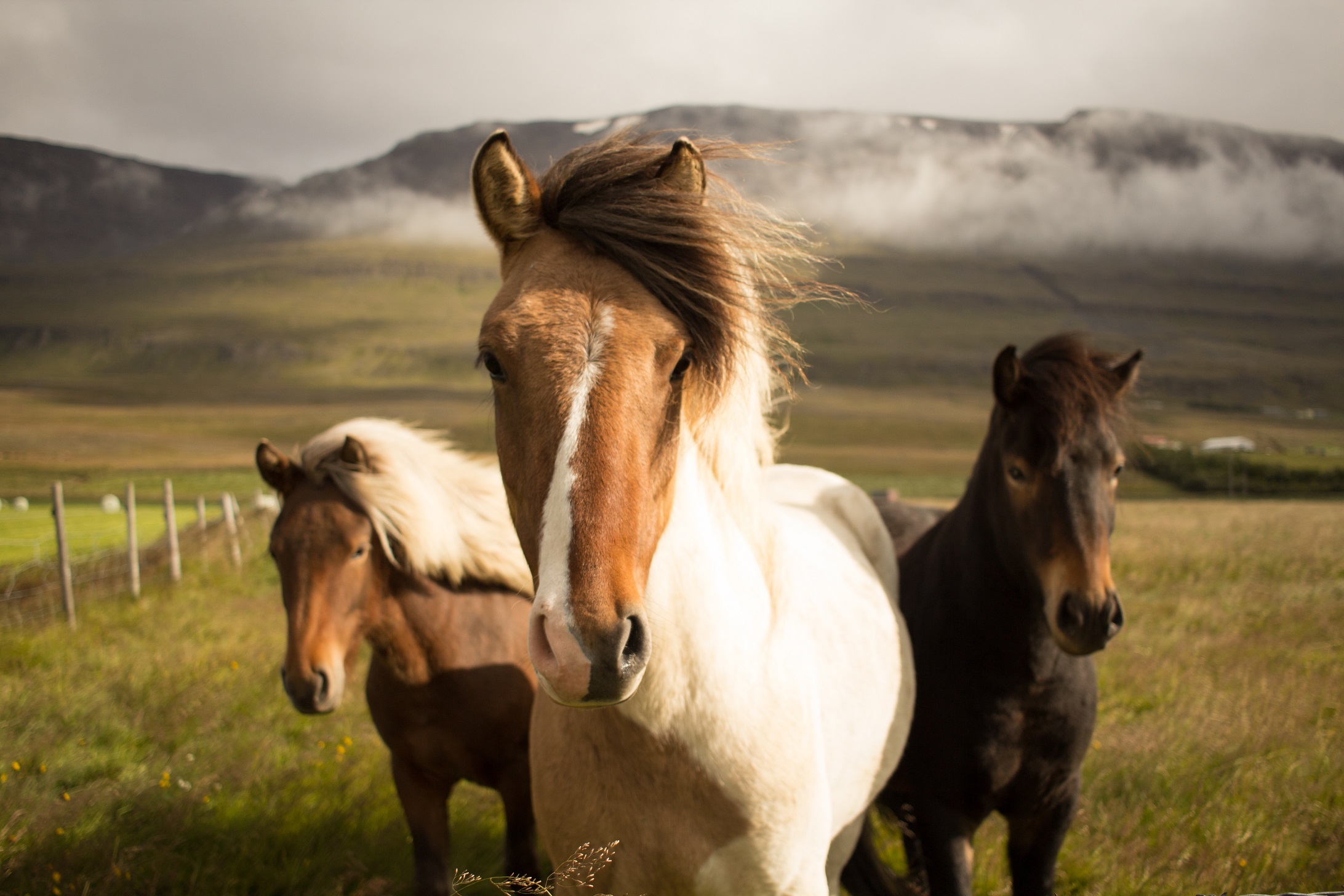
If we understood correctly, there are only around 600 ponies left of which 200 were brought in for the tournament. Of these, many were lent by farmers who will at most own just one pony and for whom the ponies are rightly treasured. When not playing, the ponies spend much of the year grazing in and around paddy fields sometimes up over their backs in water. The tournament committee narrowed it down to 90 ponies of which 89 were geldings! (Most mares being kept for their breeding program).
On our first evening we were introduced to all the other teams and briefed as to the polo rules for the tournament. Basically no fouls are blown unless it is very dangerous! So crossing in front of players, not following the line of the ball etc were absolutely fair game! The 6 teams were divided into 2 pools of 3 teams. It turned out that our Kenyan 2 goal side drew the short straw as our pool had the two strongest teams who ended up in the final.
Pool A :
Australia (a 10 to 12 goal team), India B (Manipur) (a 12 to 14 goal team) and Kenya (a 2 goal team).Pool B:
England (a 6 goal team), USA (a 6 goal team) and India A (a 5 goal team, mainly from Delhi).The opening match was between Manipur and Australia, which saw Manipur win by 7 to 4. The Manipuris had the huge advantages of knowing how their ponies operate, while despite having 2 x four goalers and the second strongest team on handicap, the Australian’s took a while to get used to ponies and the small size of the 190m by 90m field (around a third of a normal pitch). This had the benefit of bringing the play much closer to the crowd whose every cheer was heard by the players. On the field, the Manipuris have a very distinct swing (whippy, almost like a squash shot, where they wind up and unleash mammoth shots which invariably ended up through the goal). The ball is made of the root of a bamboo tree and was much lighter and travelled further than the visiting teams were used to. All matches started with a festival of colour and customs, including the blowing of huge shell horns to announce the arrival of dignitaries - who were always surrounded by armed guards – followed by a procession of ladies in saris carrying baskets of gifts on their heads containing the fruits of the harvest of the land. Military bands with bagpipes performed along with the famous Manipuri drummers and we were entertained with incredible displays of Manipuri dances and music. Every day saw large crowds and on the final day there could have been as many as 20,000 spectators!
Being an International Open, all matches started level. Each team (of up to 6 players) could also substitute any players at any time during the match irrespective of handicap. The Manipuri ponies were great levelers as they placed all polo players on a much more even keel – as a result we quickly learned to recognize the ponies we preferred. For matches each team was allocated a pool of 10 horses for the first two chukkas, which were then swapped to the other team for the second half. This was in order to make sure every team had the same advantage on the horse front. The ponies would then be given a day off and brought back to play on the following day.
Our first match was against the Australians (10 to 12 goal team). We had our work cut out for us and lamented that on handicap our 2 goal team would otherwise have started with 7 goals on the board! We lost by 5 goals but put up a good fight. Sadly Kimoi got injured in the second chukka after 2 falls (the first as a result of him overcommitting on a near side backhand resulting in the pony collapsing, Kimoi’s foot getting caught in his stirrup and being dragged on his back before his stirrup gave way. In the second fall Kimoi injured his back when his stirrup fell off while he was doing a near side backhand). Eugene replaced Kimoi for the rest of the tournament. Our second Match was against the Manipur team (12 to 14 goal team) which we unfortunately but unsurprisingly lost. However our final match was against India A and we won 4-2.
The USA team won their pool, after a hard fought semi final against England but due to the knock out and points system, the final ended up being between Australia and Manipur (a repeat of the opening match). This time the Australian’s were better prepared and had identified the good ponies. Sadly Bimol, the Manipur captain was not on form due to his accident the day before and only played 2 chukkas. But it was an extremely exciting match with Australia coming away as winners of the 10th International! As such they were only the second international team to win after the USA last year.
Aside from the polo, the MHRPA(Manipur Horse riding and Polo Association) couldn’t have been more hospitable. The tour was as much a cultural experience as a polo one.On our first morning we were taken to the WW II war cemetery where 2,300 soldiers and airmen lost their lives including 820 Indian and African soldiers. Each player laid a wreath or flower on the tomb of the unknown soldier. We were invited along with the Japanese ambassador which was significant as Imphal was one of the two great battles of 1944 where decisive British/Commonwealth/Indian victories stopped the Japanese invasion of India from Burma. A total of 30,000 Japanese soldiers were killed in these two encounters.
Later in the week we were treated to traditional dances and a fair with all the different styles of traditional bamboo homes. The tourism board has included the Polo International as part of the Sangai Festival to celebrate and showcase the rich cultural heritage and scenery of Manipur along with a book festival, car rallies and numerous theatre productions.
Manipur was a Kingdom and is now one of India’s states with a substantial military presence due to numerous insurgent groups. We were taken to the former King’s palace grounds, Kangla Fort (the palace having been destroyed by the British in revenge for the murder of one of their officers on the steps of its temple). Field Marshall Slim also had his residence in the Fort grounds during both world wars.
We were also treated to a day of sightseeing at the Keibul Lamjao National Sanctuary (one of the region’s biggest floating islands and home to the endangered Brow Antlered Deer) and to Loktak Lake where Rowena and Kaveh (from the UK team) were dressed as Toybe and Kamba (the Queen and King of Manipur). After a 2km procession through the village streets flanked by a band, ladies in traditional dresses and rowers carrying their oars on their shoulders, the “King and Queen” got into their respective wooden dugout canoes and officially started the boat races as the setting sun turned Lake Loktak into a painting of colours to the cheers of the villagers. This was followed by a men’s race, a women’s race and then an international polo players race! Once again a memorable experience.
The treats kept on coming and included a number of banquets and traditional dinners, with delicious curries and fish from the Lake served on beautiful plates made of giant water leaves..The highlight of the trip was taking part in the last match of the tournament, the traditional polo game of Sagol Kangjei. This was originally a game to prepare the Manipur cavalry and their mounts to be brave on the battlefields as they charged at the enemy with quivers full of Arambai (a dart made of peacock feathers and a metal arrow head tip which was dipped in poison). These were used in the 15th century and in the Burmese Siamese War of 1759. The Arambai were thrown at the enemy either in attack or when retreating with swings similar to polo shots (under the neck forehands and backhands…) The Sagol Kangjei game has 7 players aside, barefoot in traditional colourful clothes and a white turban strapped on with a colourful sashes. Each chukka lasts 10 minutes. There are no rules! The ball can be hit with a stick or caught/held/carried and thrown to a team mate or charge with till it’s dropped before the back line and scored. One can ride off or even grab an opponent reins to stop their pony. The goals are the full length of the back line and once a goal is scored, a turbaned white clad “umpire” throws the ball high in the air in the middle of the field to restart the carnage. The ponies wear traditional saddles very similar to a stock saddle with a pommel and stirrup leathers that are U shaped with contorted edges to act as leg guards (instead of knee pads and boots). These are beautiful embroidered and brightly coloured saddle cloths and ropes with pommels are draped over the horses back and tail.
Our trip was an incredible experience on all levels and we are so grateful to have been able to represent the KPA and Kenya. The last time Kenya was invited to Manipur was in 1991 when the team comprised of the late Simon Kiseyo (Kenya’s highest handicapped player), Cindy Voorspuy with Archie who was only 3 months old, Rowena Gross, Charles Nightingale, Pete Griffiths and Sophie Gratton.
We would recommend it to any of our Members and we all left determined to help put Manipur on the map as a polo and tourist destination and also to promote the Manipuri pony to help it prosper and keep the birth place of polo alive! The Chief Minister stated at the inaugural game that the State Government is initiating a sanctuary for the Manipuri pony. Let’s hope that the MHRPA make this a reality.
t was with great excitement that Kimoi Moi, Geoffrey Morley, Lorenzo Soriano, Rowena Stichbury and Eugene Yumbya set off to represent Kenya for the 10th Manipur Polo International in India
